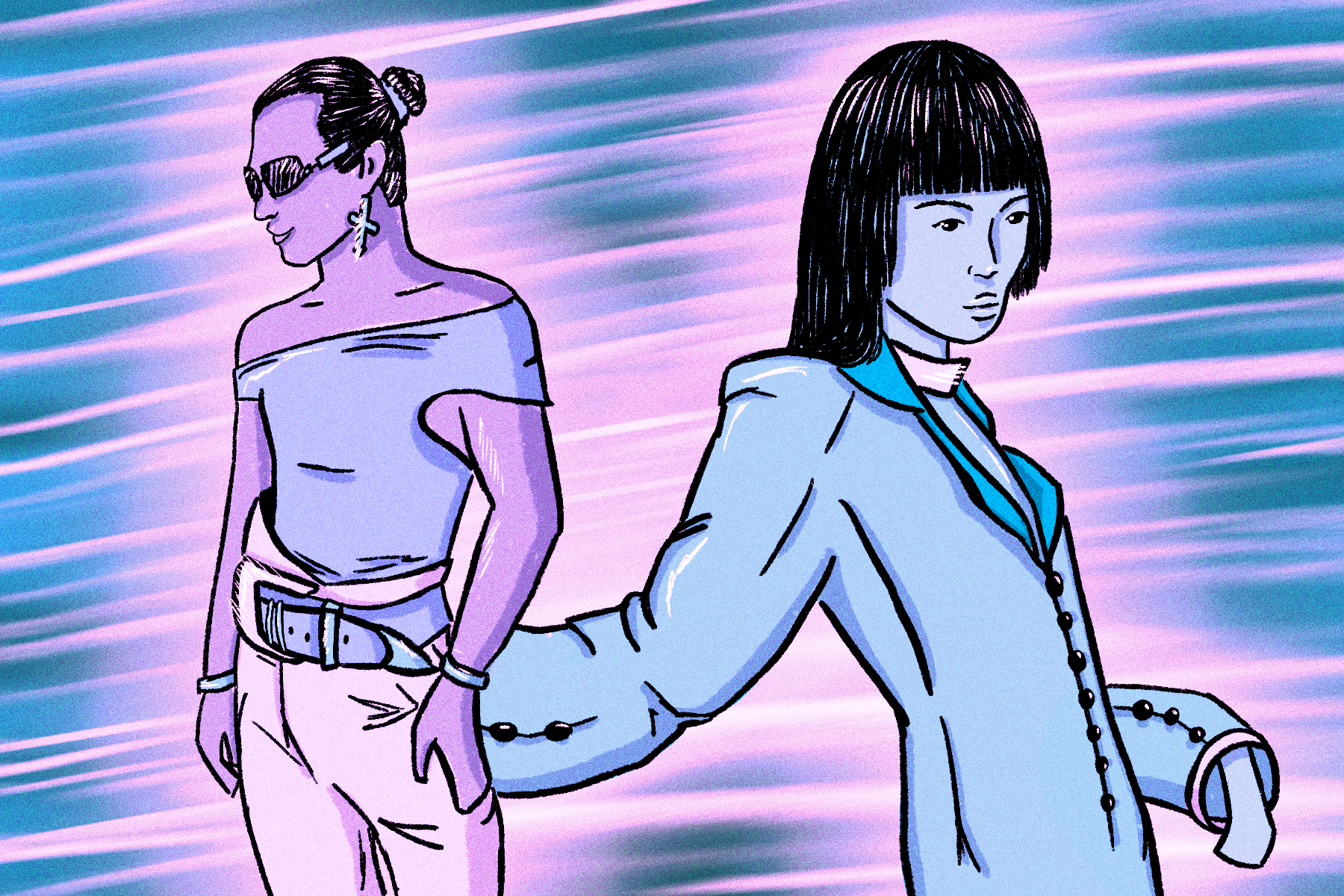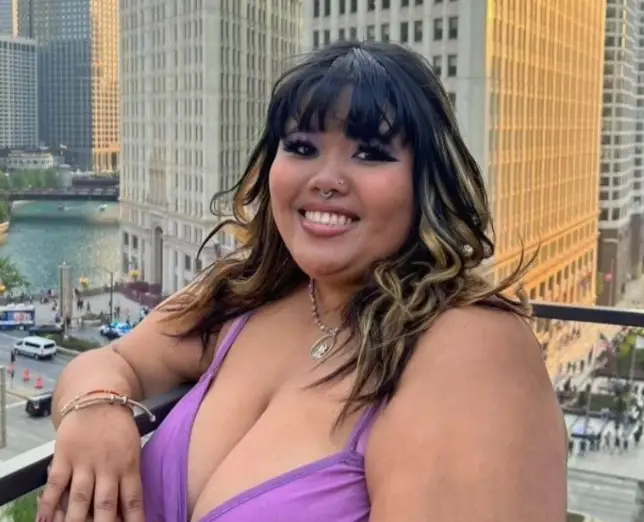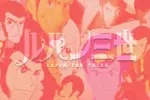2024’s New York Fashion Week collections and runway shows went all out this season showcasing the beautiful liberation of clothing and gender fluidity/androgyny.
High fashion brands such as Wiederhoeft and Libertine adorned their models in the finest of sparkles and the most eclectic suits. Tying all the unique visions of each brand were one common theme: embracing women wearing baggy suits, men wearing dresses and models who identified outside of a gender binary all together, demonstrating a revolutionary shift that rejects gendered fashion.
Launched in 2019, Wiederhoeft is just five years old, but already making waves due to its eccentric and fun creator, Jackson Wiederhoeft. Their brand values consist of “buffoonery,” “bamboozlement” and “mockery,” giving a peek into the vivid and idiosyncratic mind of one of fashion’s trailblazing gender fluid artists. During their 2024 February New York Fashion Week runway show, Wiederhoeft turned heads with one of the most diverse and spunky shows, incorporating vintage glam with trans visibility.
Nonbinary model, Grace Seeger, rocked the show in a long form fitting black dress with a tight corset top complimented by a glittery skirt and gloves. The gown was reminiscent of a 40’s Hollywood star attending their partner’s funeral in wicked style. Seeger’s short hair and defined bone structure bring the piece together as a powerful juxtaposition to the classic “soft” features of Hollywood actresses such as Marilyn Monroe, bridging the classy fashion with fresh faces.
Richie Shazam, another nonbinary model, embraces their feminine presenting gender identity through her identity as a “bollywood princess,” according to her stellar Instagram profile, which includes everything from night-clubbing bodysuits, 80’s blowouts and Care Bear gloves. She sashayed down Wiederhoeft’s runway in aviator glasses and a boxy blue sequined dress with maroon glitter gloves: another homage to Hollywood evening gloves.
Widerhoeft’s impeccable taste is just the right amount of outlandish mismatch coupled with one of the most diverse modeling in high fashion. They’re a force to be reckoned with.
Founded by Johnson Hartig in 2001, L.A. brand Libertine truly does live up to its name. It’s the real-world fashion of the “Hunger Games’” capitol elites, combining bright funky patterns with androgyny. In their 2024 New York Fashion Week runway video, men are sporting bomber jackets with bright pink flowers and feathered masks, with women sporting long white suits with black writing etched on.
One Libertine model consistently combines femininity with masculinity in baggy suits with sparkling butterfly designs layered on top of a turtleneck. She also wears clunky white loafers and poses in very slouched manners, breaking the poised and erect nature women are expected to stand in. Libertine has a unique way of mastering feminine patterns and imagery with masculine cuts bridging gaps until an outfit is ungendered entirely.
According to the New York Fashion Week website, Libertine’s primary aesthetics surround embezzlement of both their men’s and women’s wear, also changing the status quo for who jewels are made for. Rather than limiting rhinestones to their fingers and neck, men are wearing the whole galaxy on their arms and chests. Typically considered more girly, jewels on clothes are becoming a fun and refined accent regardless of gender identity, which is just one of the many ways fashion is slowly but surely opening itself up.
Still, according to Hypebeast, the top five menswear trends all included suits, with most of them being black. While some designers play with necktie colors and suit patterns, there seems to be an unfinished path to men in dresses. Many hunger for more inclusivity when it comes to who wears dresses, as women wearing suits has become a more normalized look, whereas men, especially cisgendered and hypermasculine ones, may still face judgment wearing dresses and skirts.
Though there weren’t many men in skirts and dresses during this February’s fashion week, last September offered a few options from designer Terry Singh, whose collection is launched for 2024. Some of Singh’s models wore long glittery skirts with off-white colors, while others wore bright orange and pink florals on their skirts. Singh is also a mastermind when it comes to combining the traditional black suits, neckties and button ups with feminine yet neutrally toned skirts. It’s a unique alternative to typical groom apparel for weddings. Some of his male models also appear very traditionally masculine with large muscles and tattoos, making their presence in skirts even more iconic.
The slow but sure movement towards androgynous fashion has many positive real-world reflections as well. For New Yorkers themselves, Vogue’s collection of streetwear fashion reflects a similar androgyny to high fashion itself, with virtually all women/feminine presenting individuals wearing baggy, cool toned suits and many men/masculine presenting individuals also styled in delicate pink scarves and purple jumpers. A few masculine presenting individuals also embraced flowy dresses with floral patterns, though this seems hard to find.
Gender fluid clothing can also have a healing effect for the queer community, as fashion is a staple form of self-expression and political defiance against gender norms as well. Many fashion lovers are pushing towards eliminating the words feminine and masculine when describing how clothing looks on someone entirely, opting to omit differences between the connotations of women wearing suits and men wearing dresses as something out of the ordinary.
Androgynous fashion can also help normalize bodies and identities outside of the cisgendered norms, especially if such fashion is modeled on trans, nonbinary and gender non-conforming individuals. Though it certainly will be a long road to achieve complete gender equality, dismantling the power that certain styles of clothing have over others is a powerful gesture and a good place to start. New York Fashion week seems to be guiding people down a similar path, integrating untethered possibilities for creative expansion and social statements through something as simple as the clothing worn everyday.

















